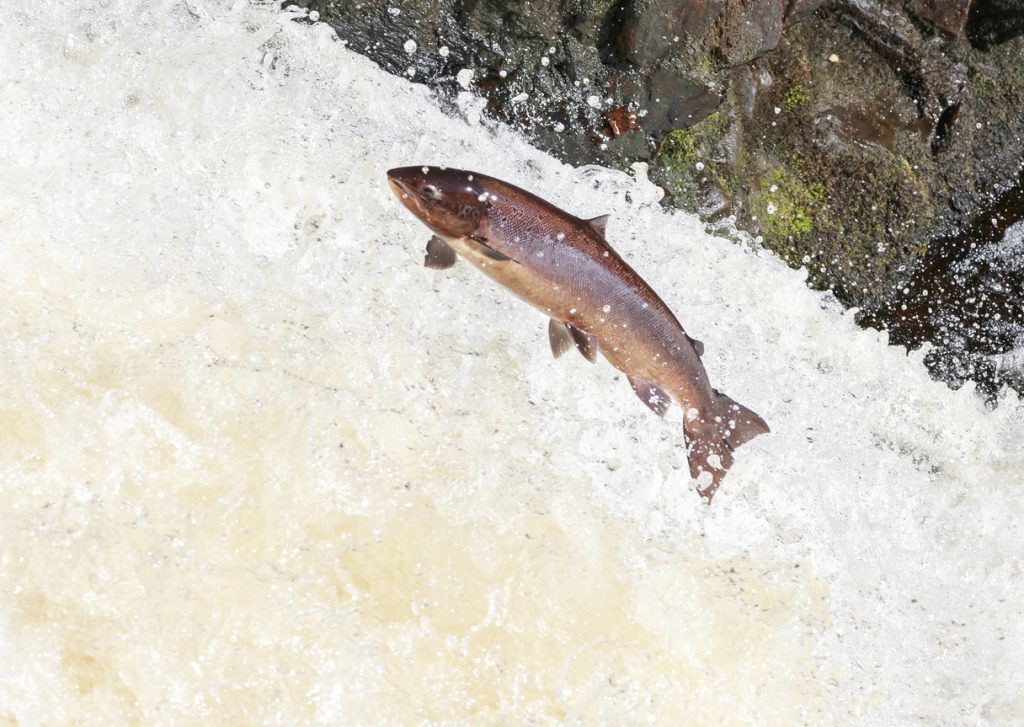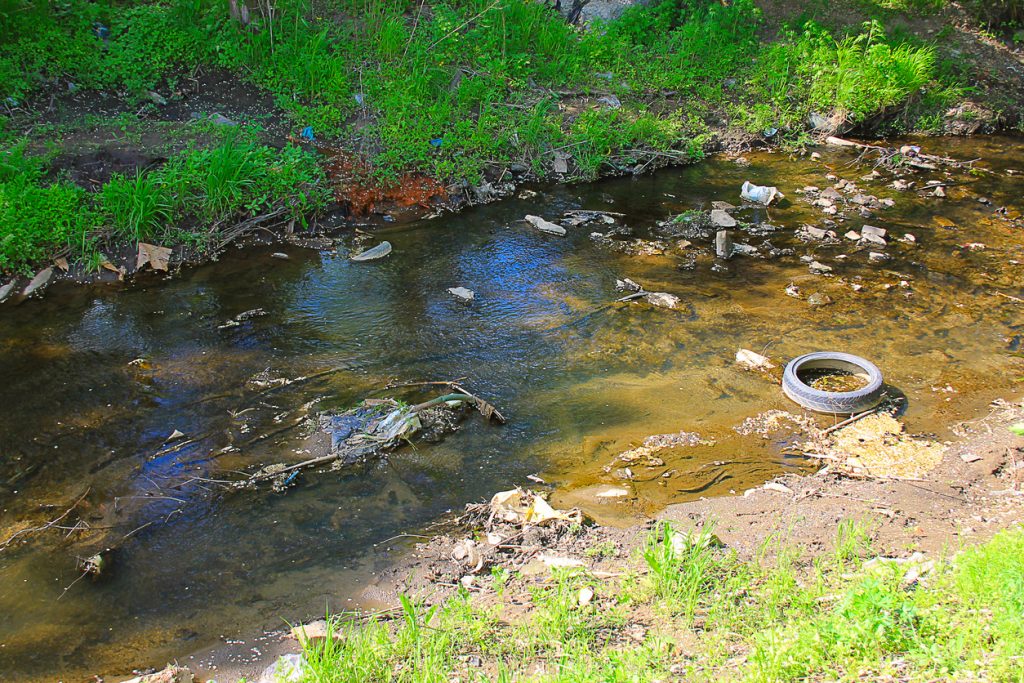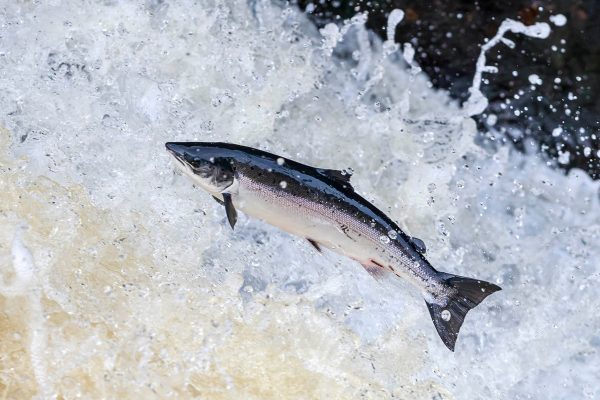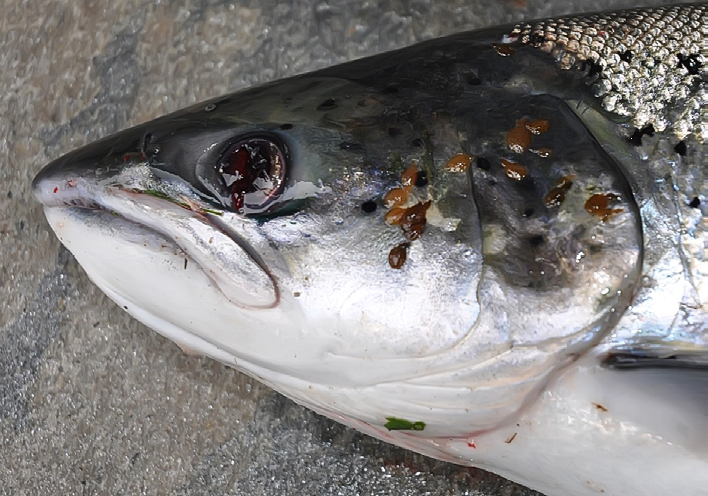Conservation Hatcheries Salmon
SWIRL is opposed to the indiscriminate restocking of salmon rivers but recognises that in limited, strictly controlled circumstances, restocking may have a role to play.
Carefully and judiciously managed, restocking can be a useful component in the restoring of salmon stocks in certain rivers. SWIRL is broadly supportive of conservation hatcheries but only where scientific and natural circumstances dictate.
Due to the decline of returning adults caused by poor survival at sea, an increasing number of catchments may be judged to have little prospect of again achieving their conservation limit. In these circumstances Salmon Watch Ireland is supportive of an intervention by the use of a conservation hatchery or other methods to artificially boost numbers of juveniles.
Salmon Watch Ireland will support scientifically based rearing programs in catchments where it can be demonstrated that intervention will not unduly harm wild stocks and that there is a strong biological reason for intervention.
The natural carrying capacity of catchments is affected by many factors including water quality, drainage, habitat destruction, land usage causing excessive and accelerated runoff and man- made barriers to migration. The use of hatcheries or other artificial methods to boost stocks will fail unless serious catchment issues are addressed.

A wild Atlantic salmon on her way to the spawning grounds. There is no substitute for the natural process. However a lack of adults is certainly posing increased problems and some intervention may be required.
SWIRL would certainly support the view that a self-sustaining stock of Atlantic salmon cannot be achieved through natural or artificial intervention unless issues within a catchment are addressed.
The use of a hatchery to increase productivity outside a catchment’s natural capacity is not supported by SWIRL. The displacement of wild salmonids by hatchery produced fish is harmful in the short term and in the long term can lead to a dramatic reduction in the productivity of a catchment.
The planting of ova (green eggs or eyed ova) has long been a successful stocking method but has to be planned and scientifically based to enhance its success. It is important to plant ova in areas which are not oversubscribed by wild salmon. It is also necessary to mix genetics at the fertilisation stage to ensure that genetic biodiversity is improved. The brood stock should be from the tributary into which ova are being deposited. The choice of brood-stock to cross fertilise ova is important as in nature there is a strong preference in choice of mate.
SWIRL supports the planting of fry and parr when natural production is negatively affected by a lack of spawning adults. SWIRL does not support stocking of fry and parr where catchment issues do not allow optimum productivity.
Neither does SWIRL support the stocking of large numbers of fry and parr into a catchment which already has optimum stocks of wild salmonid juveniles. This is to guard against naturally produced fish being dominated and displaced by hatchery fish. It is evident that if natural capacity is exceeded the wild or hatchery fish will suffer negatively.
A newer concept involves the movement of fry within a tributary to alleviate density related issues. We would certainly support this option as these are complete wild fish without human interference in mate choice. As with other methods it is essential that adequate scientific input is used to locate density poor areas with suitable habitat. IFI are undertaking a pilot project on the River Erriff to test out this concept in Irish conditions

Fix the habitat and you will have success. The planting of ova or fry into a stream like this will not result in any benefit.
The planting of fry and parr in waters where there are no existing salmon (as in the case of an impassable natural obstacle) can give excellent success if habitat and water quality are sufficient. However, catchments must be viewed as a unique ecosystem and waters above natural impassable falls may have other ecosystem functions which the catchment requires.
The stocking of smolts can be very effective with reasonable survival. The fish do not feed in the freshwater habitat so are not exposed to the levels of predation that wild salmonids experience and do not pose a problem in regard to competition with wild juveniles.
However, their survival rate is quite inferior to wild fish. Issues arise, however, when adults reared to smolt stage return and breed with other hatchery progeny or indeed wild salmon causing a dilution of the genetic base and it is well established that this type of rearing program may eventually reduce smolt output.
A long term study from Burishoole demonstrated the damage to smolt production by the integration of ranched (hatchery) salmon into the catchment. The number of ranched salmon allowed to spawn in the wild had a negative effect on smolt productivity within the catchment. To read the study follow the link Burishoole Study .
Any attempt to artificially propagate Atlantic salmon can have negative aspects especially in regard to survival, reproduction and the promotion of mal-adapted genes. Wild fish reared in a natural environment have many advantages over hatchery progeny and examples of self-sustaining stocks being built from hatchery reared fish are non-existent. The reproduction success of hatchery or hybrid hatchery-wild salmon has been demonstrated to be inferior to wild fish.
Salmon Watch Ireland hosted a conference detailing the various conservation hatchery and alternative techniques to restore distressed salmon stocks Salmon Watch Conference Proceedings.





